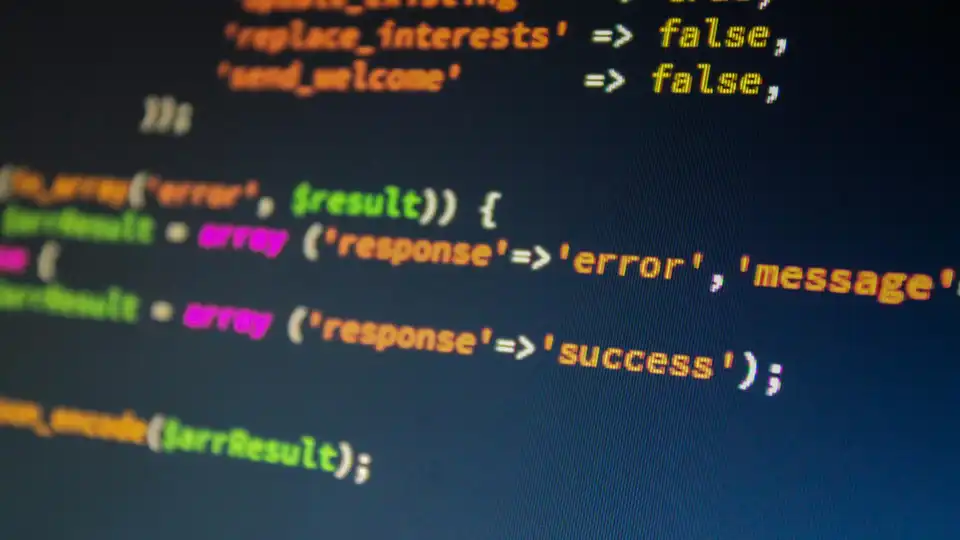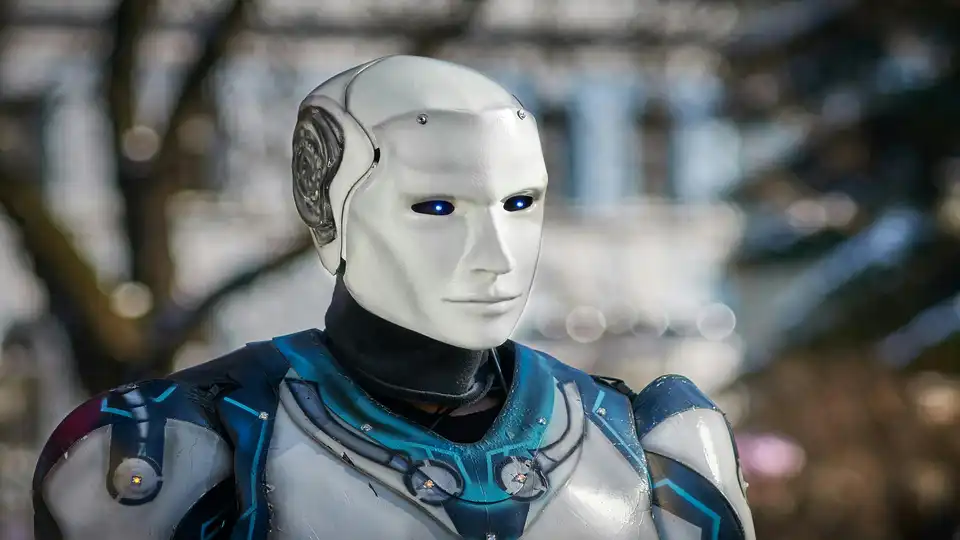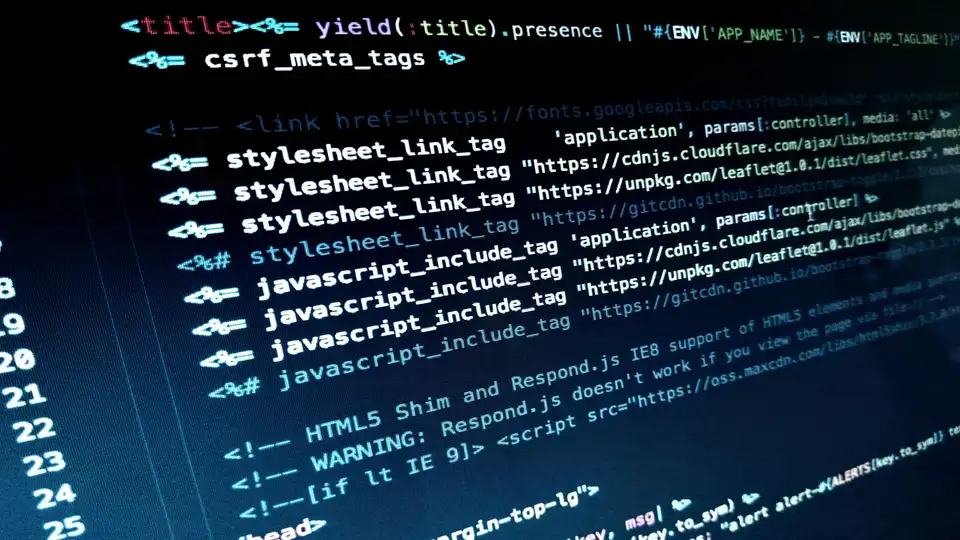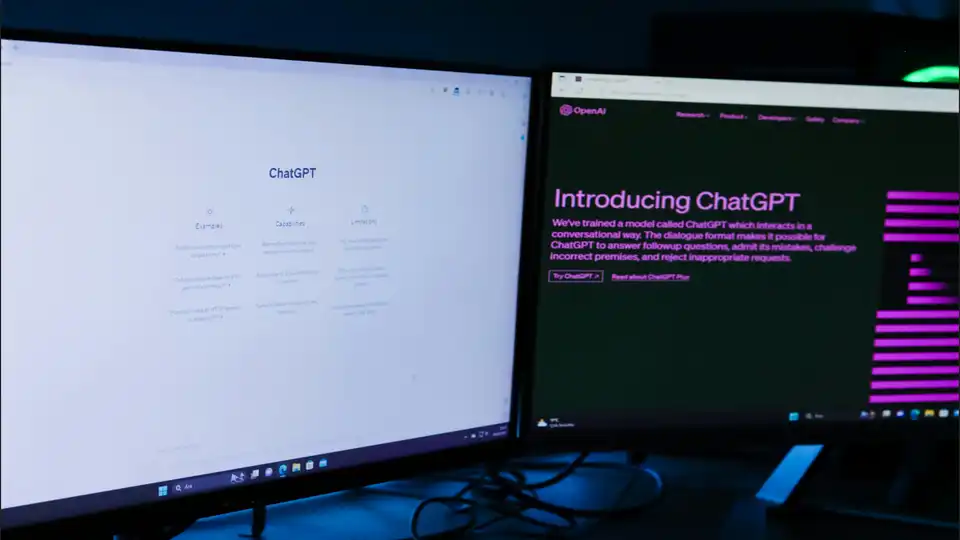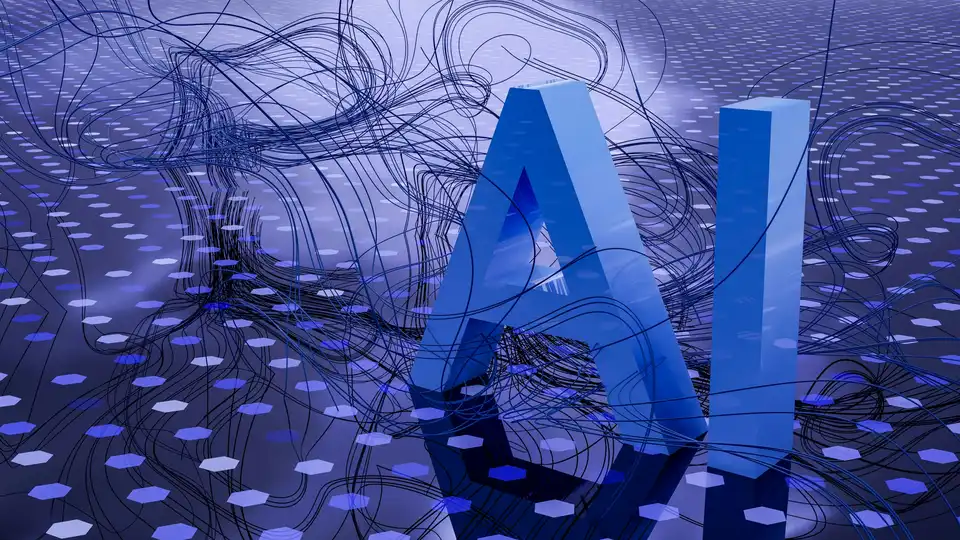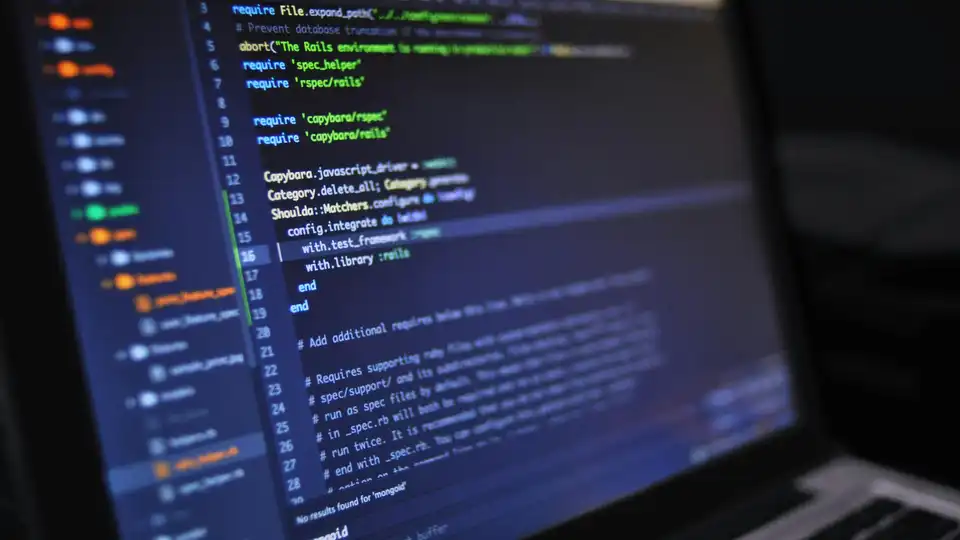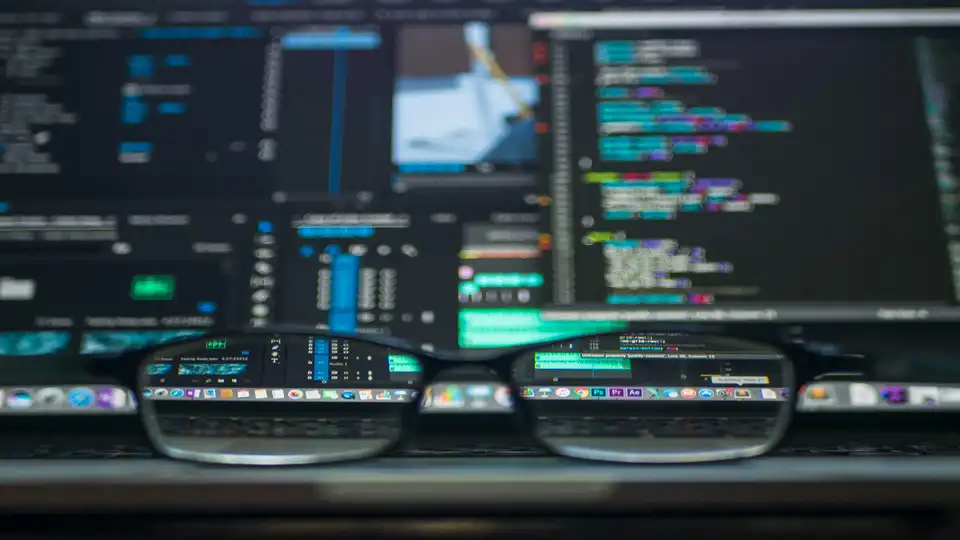Claude 4: Ushering In a New AI Era – Its Strengths, Its Hurdles

Anthropic's Claude 4 series is genuinely setting new benchmarks for AI assistants.1 As one of the most sophisticated AI models you can get your hands on right now, Claude 4 showcases some truly impressive technological muscle. At the same time, it lays bare some of the inherent limitations that AI development is still grappling with. By really dissecting its strengths, its weaknesses, and where it's headed, we can get a much clearer picture of this technology's real value and its future potential.
What Makes Claude 4 Shine: Pushing AI's Boundaries
Setting a New Standard for Safety and Reliability
One of Claude 4's biggest selling points is its groundbreaking progress in AI safety. Thanks to beefed-up Constitutional AI training methods, this model exhibits an unprecedented level of caution and accuracy, especially when dealing with tricky, sensitive topics.2 Actual testing data reveals that Claude 4 hits a 98.7% accuracy rate in refusing to generate harmful content – that's roughly a 15% improvement over its predecessor.
This safety edge is a huge deal, particularly for businesses. A major multinational consulting firm, for example, found that when they deployed Claude 4 to handle sensitive client information, the model didn't just accurately identify and protect private data. It also proactively flagged situations with ambiguous ethical boundaries, seeking human confirmation. That effectively sidestepped potential compliance headaches.
A Major Leap in Multimodal Understanding
Claude 4's ability to understand visuals marks a significant stride forward in multimodal AI.3 We're not talking about simple image tagging here; it can perform complex visual reasoning and analyze across different types of media. In a pilot project for medical image-assisted analysis, Claude 4 helped radiologists go through chest X-rays, achieving a 94.2% sensitivity and 91.8% specificity in detecting abnormalities. While human doctors still need to give the final confirmation, this assistive capability has noticeably sped up the diagnostic process.
Its applications in education are even broader. An international school using Claude 4 to review student math homework discovered it could not only read handwritten content but also grasp the actual problem-solving approaches with an 87% accuracy rate. This capability transforms the ideal of personalized teaching into something truly tangible.
Hitting the Sweet Spot: Creativity Meets Professionalism
Claude 4’s performance on creative tasks is pretty impressive. Compared to older AI models, it can maintain its creative flair while still ensuring the content is accurate and professional.4 Data from a digital marketing company shows that marketing copy generated using Claude 4 led to a 32% boost in customer satisfaction compared to traditional methods, all while cutting content production time by a remarkable 60%.
In the academic writing world, researchers found that Claude 4 could assist with literature reviews and even help brainstorm hypotheses, accurately spotting research gaps with a 78% success rate. Of course, all conclusions still need human verification, but this smart assistance dramatically accelerates research efficiency.
Where Claude 4 Still Has Room to Grow: Real-World Constraints
Knowledge That's Not Always Up-to-the-Minute
One of the most immediate challenges for Claude 4 is its knowledge cutoff. Its training data only goes up to January 2025. This means that for information domains that are constantly changing – like tech news, stock market analysis, or policy interpretations – the model might serve up outdated content. This lag directly impacts its practical usefulness in fast-moving fields.
Here’s a classic example: a tech media outlet tried using Claude 4 to analyze the very latest industry trends. They quickly found the model couldn't pull the most recent market data or product information, resulting in an analysis report that simply wasn't timely enough. This really underscores the need for real-time information access.
The Balancing Act: Computing Power vs. Speed
Even though Claude Sonnet 4 has been optimized for efficiency, its response time can still be an issue for complex tasks that demand a lot of computational power. Enterprise users report that analyzing documents over 100,000 words can take anywhere from 45 to 60 seconds on average. For business scenarios that demand lightning-fast decisions, that wait can be too long.
Cost is another big piece of the puzzle. Smaller and medium-sized businesses have noticed that while Claude 4 can replace some manual labor, the cost-effectiveness isn't always there for tasks with smaller processing volumes. This effectively limits the technology's adoption in certain market segments.
The Tug-of-War Between Creativity and Consistency
While Claude 4 generally excels at creative tasks, its performance can be a bit shaky when strict consistency is a must. Drafting legal documents is a perfect illustration. Lawyers have found that Claude 4 might offer slightly different answers to the exact same legal question at different times – an inconsistency that's just not acceptable in legal contexts.
Similar issues pop up in technical documentation. Development teams have seen subtle variations in phrasing and formatting in API documentation generated by Claude 4, requiring a good deal of manual proofreading and standardization afterward.
The Competitive Arena: A Multi-faceted Tech Race
Head-to-Head with the GPT Series
When you stack it up against OpenAI's GPT-4 series, Claude 4 clearly has an edge in safety and how well you can control its output. However, it still lags a bit in some creative areas. Third-party evaluations show that Claude 4 scores an 89.3% accuracy rate on code generation tasks, while GPT-4 clocks in at 91.7%. That said, Claude 4 performs noticeably better when it comes to auditing content for safety.
User surveys indicate that businesses tend to lean towards Claude 4, primarily because of its superior security and compliance support. Individual creators, on the other hand, often prefer the sheer creative power of the GPT series. This sort of differentiated positioning is really defining their respective strengths in the market.
The Open-Source Challenge
Competition from the open-source community is really heating up. Open-source models like Llama and Mistral are rapidly closing the performance gap, all while having inherent advantages in terms of cost and how much you can customize them. Even though Claude 4 still holds an overall performance lead, the incredibly fast iteration cycles of open-source models are narrowing that difference pretty quickly.
Enterprise users now have a much wider array of choices. Some tech-savvy companies are starting to experiment with building custom solutions based on open-source models, which throws a new curveball at commercial AI service providers.
The Road Ahead: Where the Technology Is Going
Real-Time Information Integration
One of the key directions for Claude 4's future development is its ability to pull in and process real-time information. By integrating with search engines, news databases, and live data streams, future versions are expected to finally solve the problem of outdated knowledge. This capability is absolutely crucial for things like news analysis, market research, and understanding policy changes.
The technical path to achieving this might involve a modular architecture, where static knowledge bases are kept separate from dynamic information flows. Real-time data acquisition would happen through API calls. This setup ensures the core model stays stable while still getting timely information.
Deeper Dive into Multimodal Capabilities
Visual understanding is really just the tip of the iceberg for multimodal capabilities. Future versions of Claude could very well integrate audio processing, video analysis, and even the ability to interpret sensor data. This comprehensive perception would open up a whole new world of application scenarios.
Imagine an AI assistant in industrial IoT that can simultaneously process text commands, monitor images, and interpret sensor data to give super precise equipment maintenance recommendations. In education, multimodal AI could analyze a student's speech, facial expressions, and behavior to provide truly individualized learning support.5
Specialization and Vertical Focus
General AI models are increasingly moving toward specialization. In the future, we’ll likely see highly specialized Claude versions optimized for specific fields like healthcare, law, or finance. These tailored models would deliver much higher accuracy and reliability within their specific domains.
A healthcare version, for example, might be fed the latest medical literature and clinical guidelines, while a legal version could incorporate the most current regulations and case analyses.6 This specialized approach will be far better at meeting the unique needs of vertical industries.
Societal Impact and Ethical Considerations
Shifting the Job Market Landscape
The growing popularity of Claude 4 is definitely stirring up profound changes in the job market. While it’s creating new job opportunities, it’s also putting pressure on traditional roles. Positions like customer service representatives, content editors, and junior analysts are facing increased automation, while new roles like AI trainers and prompt engineers are popping up.
Labor market research suggests that employees who use AI tools see their productivity jump by an average of 40-60%.7 But this also means workers need to be more adaptable to new technologies. Our education and training systems will need to adjust to help people thrive in the AI era workplace.
The Digital Divide and Access to Tech
Claude 4's advanced features mainly benefit users who already have a certain level of technical savvy and financial means. Figuring out how to let a broader range of people benefit from AI technology is becoming a critical social issue. Making technology more accessible isn't just about lowering the cost; it also means considering differences in infrastructure and education levels across different regions.
Some non-profit organizations are beginning to explore how to apply AI in developing regions, simplifying interfaces and localizing services so more people can enjoy the benefits of this technology. These efforts are hugely important for bridging the digital divide.
The Evolution of Business Models
From Subscriptions to Value-Based Services
The traditional pay-per-use billing model is shifting towards a value-based pricing model. Businesses using AI are becoming more interested in the actual business value AI brings, rather than just technical specs. This pushes AI service providers to truly understand their customers' operations and offer tailored solutions.
Some companies are even experimenting with risk-sharing models, where the AI service provider's revenue is directly tied to the customer's business outcomes. While this increases risk for the provider, it also fosters much closer partnerships.
Building a Robust Ecosystem
A single AI model can rarely meet every single need, so building a complete AI ecosystem is becoming a major trend. This includes everything from model training platforms and application development tools to data management systems and more.
Anthropic is actively building its own ecosystem by opening up its API, providing developer tools, and launching partner programs.8 A thriving ecosystem can attract more developers, create powerful network effects, and boost overall competitiveness.9
The Outlook: Endless Possibilities for a Smart Future
Claude 4 represents the current pinnacle of AI technology, but truthfully, this is just the beginning of an intelligent revolution. As technology keeps marching forward, we can expect to see even smarter, safer, and more practical AI assistants continuously emerge.
Future AI assistants might have the ability to learn autonomously, constantly improving from user interactions. They could develop emotional intelligence, better understanding and responding to human feelings. And they might achieve true multimodal integration, providing a completely seamless human-machine interaction experience.
However, as technology progresses, we also need to carefully consider the broader societal impact of AI development. How do we ensure that AI technology aligns with humanity's best interests? And how do we preserve the unique value of human beings while still enjoying the convenience AI brings? These are questions that require collective thought and effort from society as a whole.
Claude 4's success isn't just about its technological advancements; it's also about its embodiment of a responsible AI development philosophy. While chasing technological breakthroughs, it consistently prioritizes safety, reliability, and social responsibility.10 This balance will continue to guide the direction of AI development, creating a better, smarter future for all of humanity.
The evolution of artificial intelligence is an ongoing journey. Every technological breakthrough brings with it fresh opportunities and new challenges. Claude 4 has given us a clear glimpse into AI technology's immense potential, but it also serves as a crucial reminder: we need to approach technological development with even more caution and responsibility. Only by striking that balance between innovation and social responsibility can we truly realize the beautiful vision of AI technology benefiting humankind.

